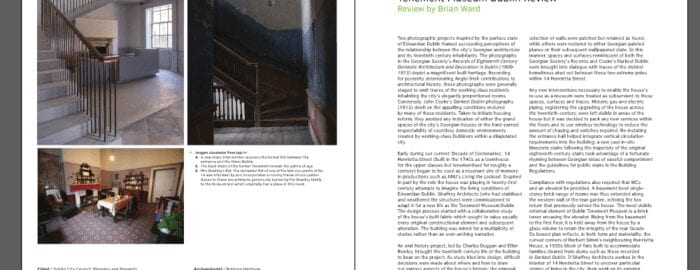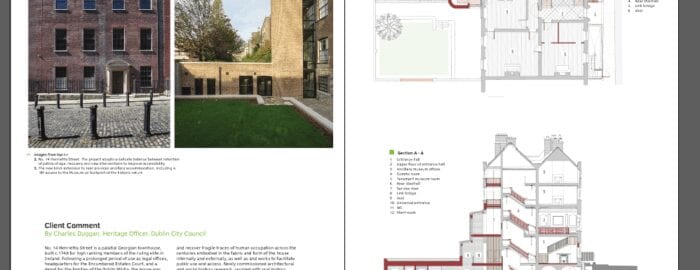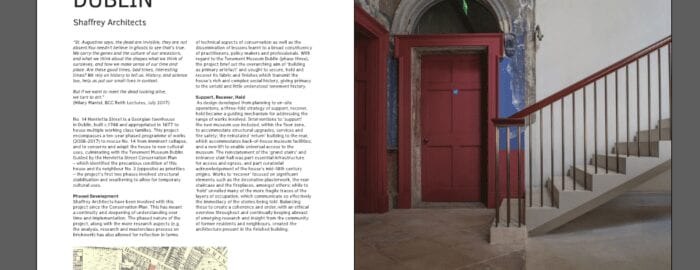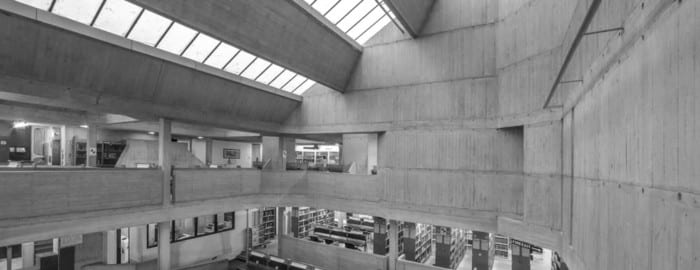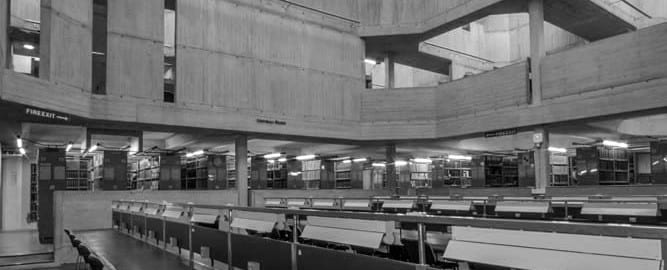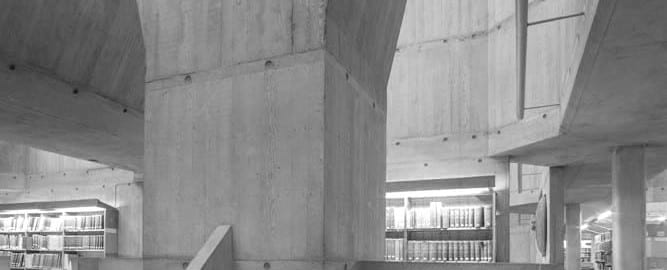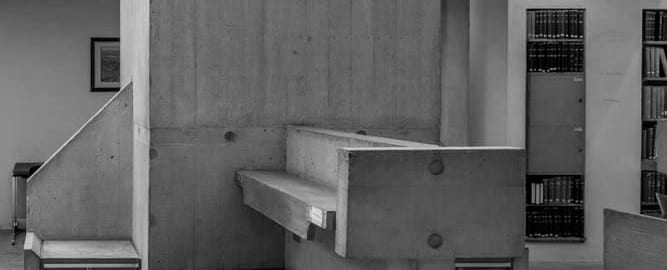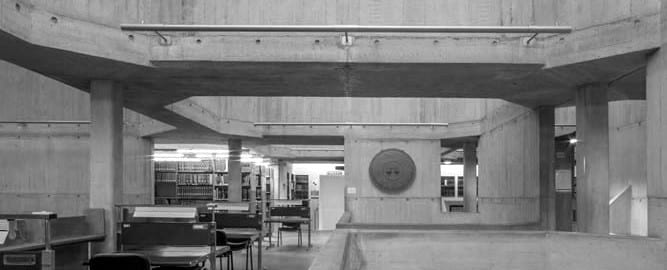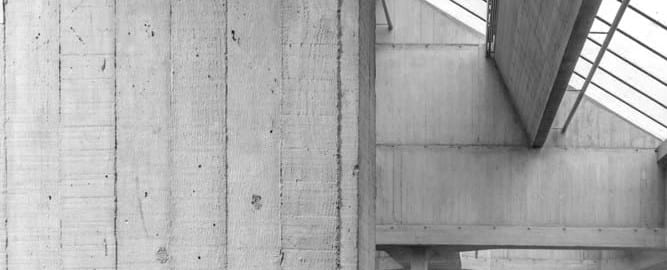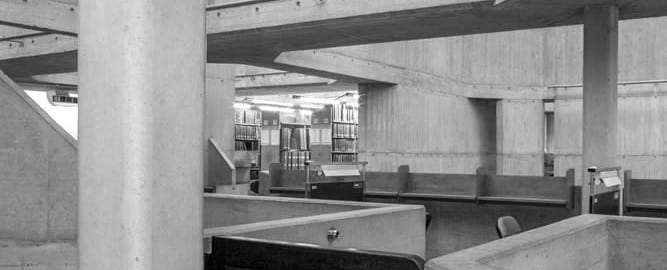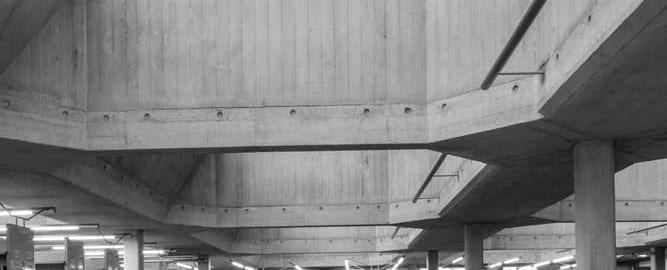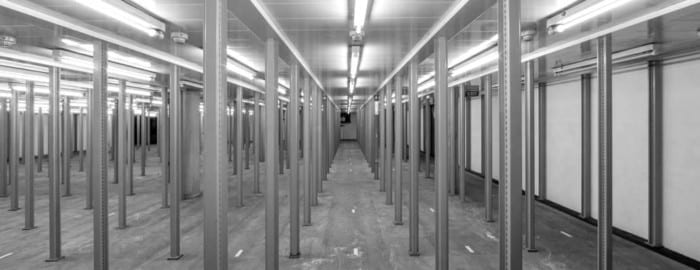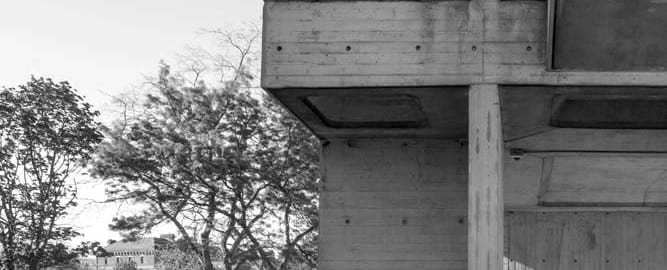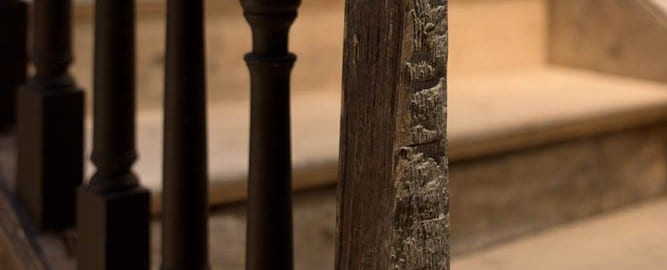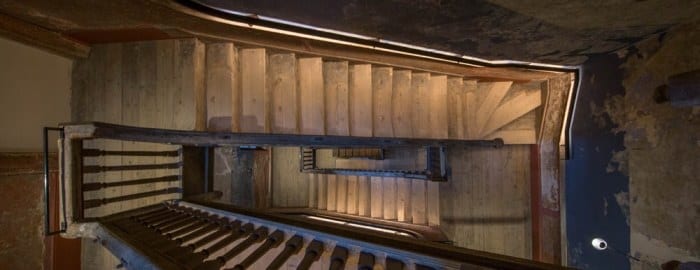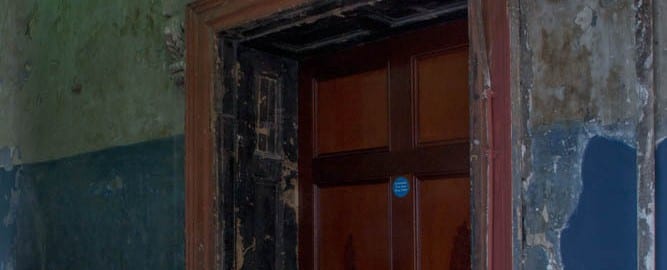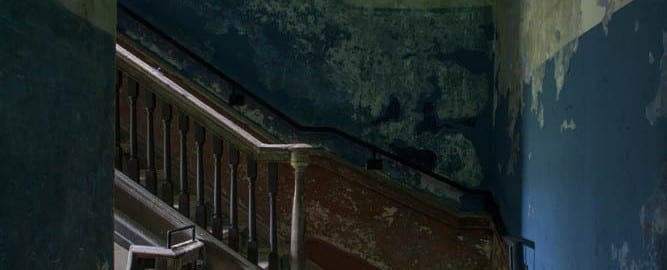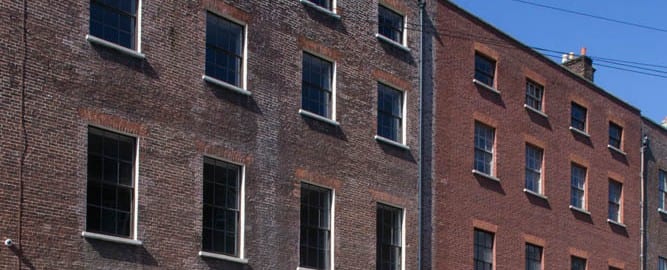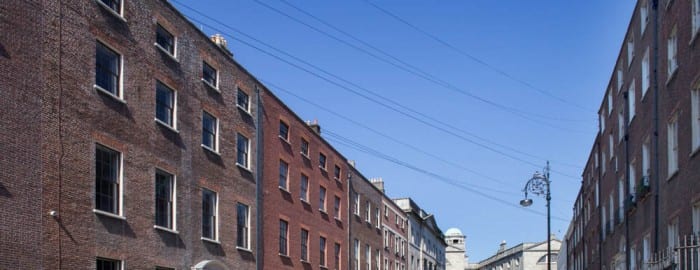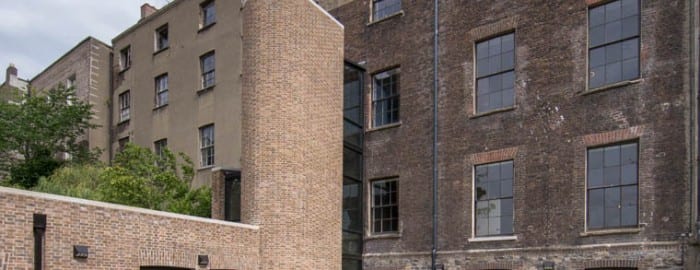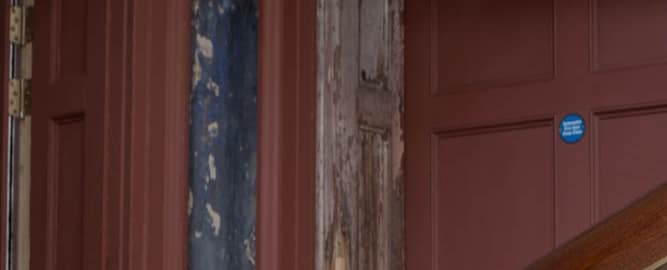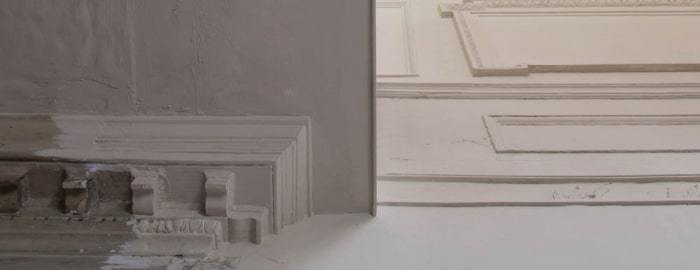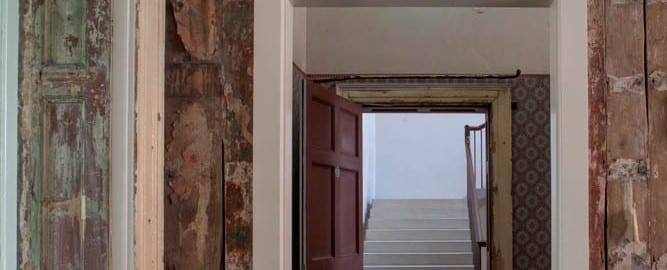-
Tenement House
The Tenement Museum in Dublin, designed by Shaffrey Architects was the Winner in Conservation/Restoration Category in the Irish Architecture awards 2018. The award is a testament to the vision of Dublin City Councils Heritage department. The house also won the Special Jury award in this years awards.
The Tenement House conservation and interior is also featured in this months edition of Irish Architecture. Some extracts from the magazine are included below. http://architectureireland.ie/digital-edition-landing-page
Fades and Blades
Retail design , the national flag, entrepreneurship, interior decoration, all these things make a picture. Fades and Blades 2018 .
-
From Box to Anti-Box
Berkeley Library celebrates its 50th construction Anniversary . From Box to anti-box investigates the construction and design process of this important building. Curated by Donal Hickey Architect the exhibition collects drawings from the Architectural Archive along with archival photographs and contemporary photographs. The contemporary photographs were produced by Paul Tierney Photography as part of a project researching twentieth century architecture commissioned by Dublin City Council. The photographs of the present day building augment the original construction photographs . John Donal also provides architectural images of the completed project. This images date from the late 1960’s. Of interest in this exhibition is the parallel development of Chandigarh in India by LeCorbusier and also the comparision with the adjacent Museum building by Deane and Woodword( link to Museum Building )
The exhibition runs in the Architecture Gallery of the Irish Architectural Archive from Thursday 12 October 2017 to Friday 5 January 2018. The Architecture Gallery is open to the public from 10am to 5pm, Tuesdays to Fridays.
More details here.
-
Tenement Museum 14 Henrietta Street Dublin
The Tenement Museum situated on Henrietta street Dublin. The building was built in 1748 by Luke Gardiner who had acted as a developer for much of the Georgian City. After the act of union in 1801 the house became offices for the legal profession. The house became a tenement in 1883 with 17 Families, it remained a tenement until the 1970s . A more complete explanation of the project is given in this Irish Times article. The photographs of the project show the modern additions aswell as the existing condition of the building. The building images distinguish between the new interventions and the existing fabric. An interesting aspect of the pictures is that they reveal layers of occupation over time. Wireless switches and routers were used in the building to minimise the alteration of the material. The floor void was used to incorporate fire protection, heating, network services and structure. This was to minimise the disruption of the fabric.
The project is an essay in contemporary conservation, restoration and preservation. It is a testament to grand vision of Dublin City Councils Heritage Department.
https://shaffrey-architects.squarespace.com
https://shaffrey-architects.squarespace.com/henrietta-street
-
Photographing houses, houses for photographers
The Shortlist for the sterling prize was recently released. The list has a diversity of projects from a University campus to Hastings pier to the British Museum Conservation and Exhibitions centre. One project that I thought was interesting was the RIBA London Award 2017 and RIBA London Building of the Year 2017 Award which went to the photography studio and house for Juergen Teller by 6a architects.
The architects describe the project as “The project expertly exploits a typically London condition. Constrained by a long and narrow industrial plot at the rougher edge of Ladbroke Grove; its only face nestles between cheap developer housing, an industrial estate and the hinterland of the Westway.”
This poises a question, what should a house for a photographer look like. Or should a photographers house reflect their equipment, their culture , their influence.
From the photographs shown the project seems blank out the context. The project forms two courtyards that protect the studios from the outside. Is there a metaphor of some sort in the planning. It seems that the main accommodation is like a gatehouse over the entrance to the studio. So in this model of housing? The work is placed at the figurative and literal centre of the plan. Is this a message to the world? from Teller. Maybe! To celebrate the completion Juergen presented a self portrait in the space! The man at work!
Recent winners of the sterling prize such as David Chipperfield could inform this view. Chipperfield won the prize in 2007 for The Museum of Modern Literature in Marbach am Neckar, Germany. His private house in Richmond for Nick Knight in 1998-2001 is an essay in cool articulation of a suburban dwelling. It masks the original form of the house build by Knights father. The impression created is distant from the flamboyant anarchy of Knights photography. The connection between what knight creates at www.showstudio.com and his house seem distant.
One aspect of the house that appeals to me is the concession to the clients profession in the use of a “framing portal” .The portal connects elements of the architectural composition together. It also “frames” a view of the garden from the interiors. The frame acknowledges what the photographer does without making a literal translation of a camera.
In both projects the aesthetics are quite similar; In situ concrete, plaster, block-work , a subdued palette of tones, rigid geometry. The outcomes are quite different. Tellers house, places him a “hero” with his work at the centre of the world. Nick Knights house seems more to be a refuge from which to view the world.

